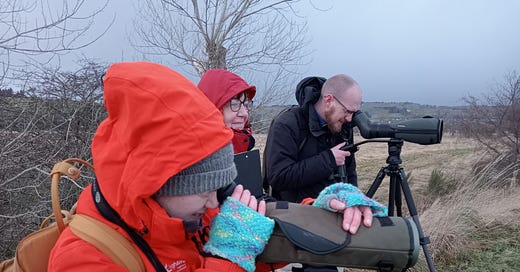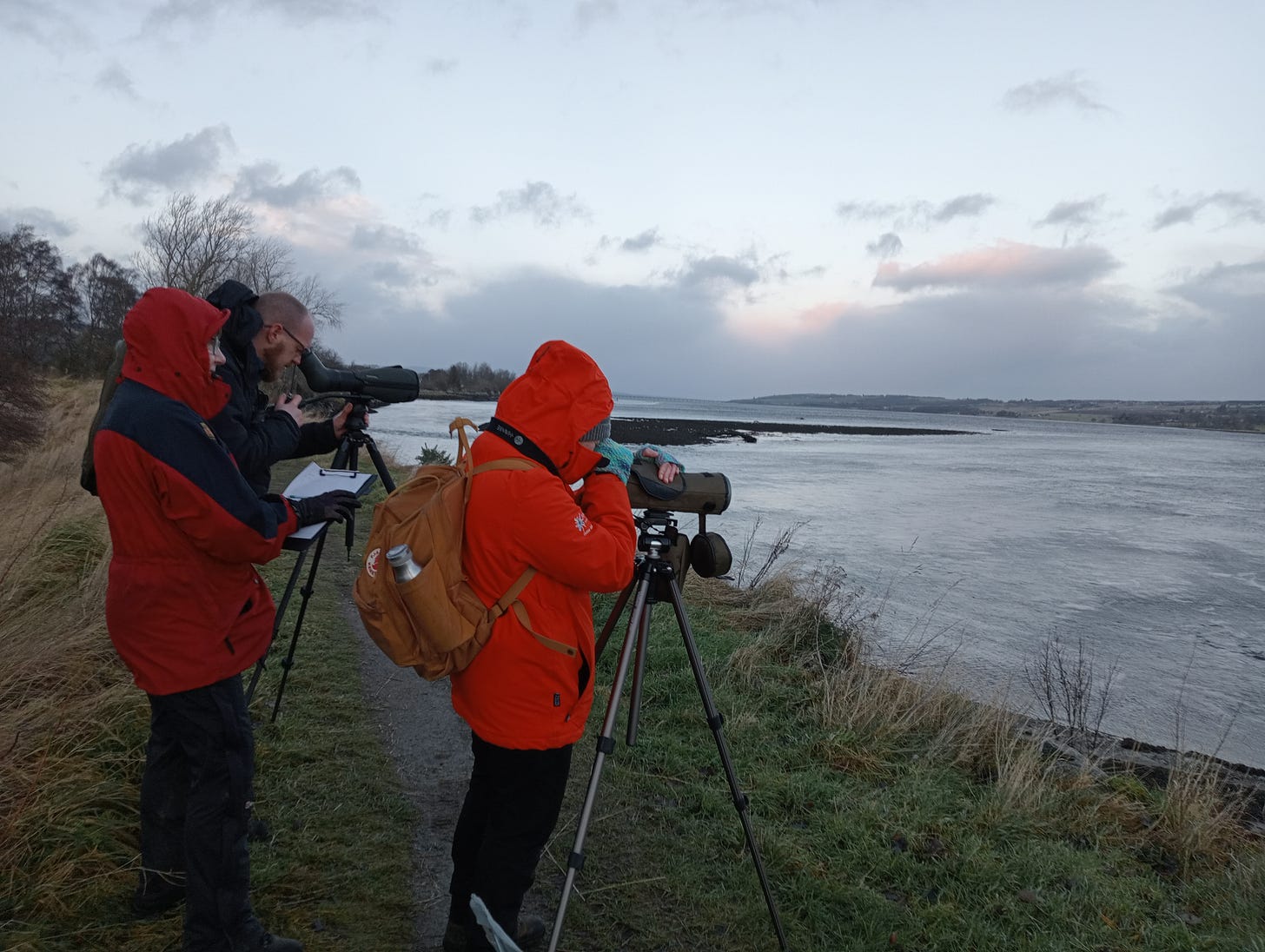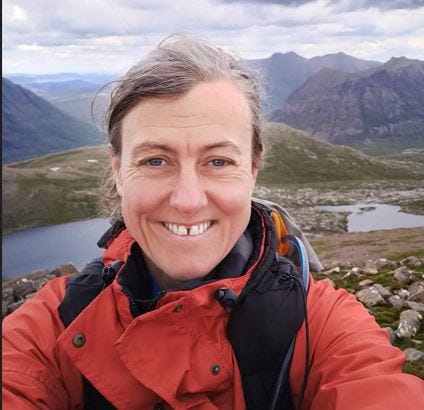WinGS: Gull Survey Winter 2024 - update
Imogen provides an update on the team's response: a community action
In the blustery January of 2024, our dedicated team of rangers and the warm response from the community answering our call for volunteers have taken significant strides in the WinGS (Winter Gull Survey) - see the earlier article linked below for more details on this important survey.
Ranger Survey Highlights: Commitment Against the Windy Odds
Despite challenging weather conditions and varying sightings, each survey has contributed valuable data, painting a picture of the current state of gull populations across the whole of the UK.
Fiona's Diligence: On the grey morning of January 20th, Fiona set out to Glenuig, braving poor light and weather, to log the presence of just a handful of birds. Although only two herring gulls, alongside four oystercatchers and a curlew, made an appearance, her commitment to the survey underlines the challenging aspects of fieldwork in conservation.
Team Effort in Inver & Dingwall: Marcia, along with volunteer Scott, took to the shore at Inver, tallying a total of 21 gulls. Their observation provides an essential snapshot of gull distribution, with a mix of 15 herring gulls, 5 common gulls, and a singular black-headed gull enriching our dataset.
Dingwall's Surprising Numbers: The team's effort on 22nd January (joined by Wilma and Imogen) in Dingwall, spearheaded by Marcia, was particularly noteworthy. Surveying at the mouth of the River Conon, they recorded an impressive count of 112 herring gulls, 18 common gulls, along with a few great black-backed and one black-headed gull, offering hope and highlighting areas of significant gull activity.
John's Coastal Trek: Covering the expansive tidal mudflats from Milton of Culloden to the Longman landfill site, John's findings included 109 gulls amidst a bustling habitat of ducks and waders, Shelduck (80+), wigeon ,teal, mallard as well as curlew, bartailed godwit, redshank, knot, dunlin and oystercatcher. Showcasing the biodiversity that coastal areas support.
Andy's Solo Effort: At Clashnessie Beach on the west coast, Andy braved poor weather conditions alone but managed to count 99 gulls, underscoring the importance of individual effort in the collective aim of conservation.
Michelle's survey at the site in Loch Leven was met with less fortune, seeing no gulls, it's a stark reminder of the unpredictability and the challenges we face in monitoring wildlife populations. And a zero count is just as important - it tells us of a change in behaviour.
Yet, the enthusiasm and dedication of our team and volunteers, including three additional volunteers from the Black Isle who responded to the call to action, (Caroline and Alice counted 145 herring gulls -along the length of Cromarty Links to Reid's Park) and submitted reports to the BTO, have been nothing short of inspiring.
Looking Forward
This year's WinGS is a testament to the power of the community of nature lovers and the critical role of citizen science in conservation efforts. The data collected is a narrative of resilience, of ecosystems under pressure, and of the collective will to safeguard our natural heritage.
As our partners in the BTO - WinGS continue to compile and analyze the data from this winter's survey, we invite more individuals to join us, not just in future surveys but in a broader engagement with conservation. Whether you're a seasoned birdwatcher or someone with a newfound interest in protecting our planet's biodiversity, your contribution can make a difference.
To everyone who has stood out there with us this winter—rangers, volunteers, and the wider community—your efforts are invaluable. Together, we are taking important steps towards understanding and conserving the UK's gull populations.

Stay tuned for further updates on our findings, and if you're inspired to join us in this crucial work, we will be back out there surveying Gulls in January 2025, so please reach out. Every pair of eyes, every note taken, brings us closer to a future where the skies and shores are teeming with the calls and flights of birds.
Imogen Furlong, the High Life Highland Countryside Ranger Manager, is known for her enthusiasm, organisation, and drive. Her deep passion for the Scottish Highlands' wildlife and extensive experience in outdoor education and recreation management have been central to this role. Imogen is a practical and collaborative project manager, empowering her teams to work effectively in communities and contribute to local conservation efforts.










